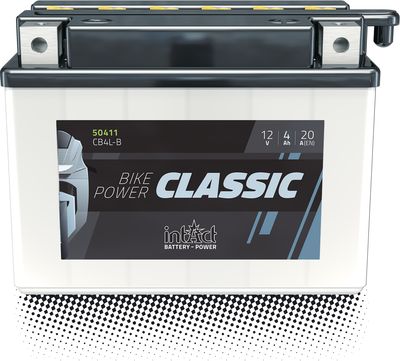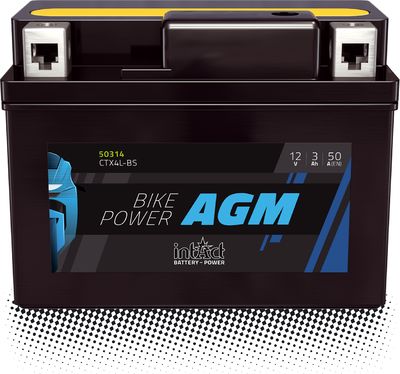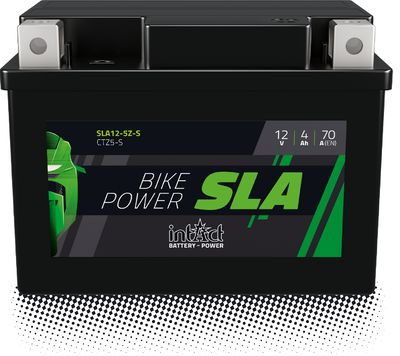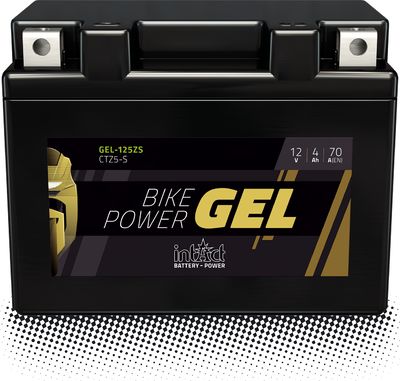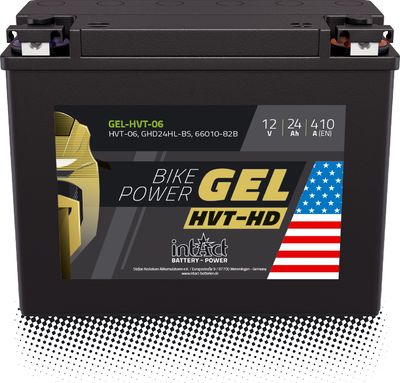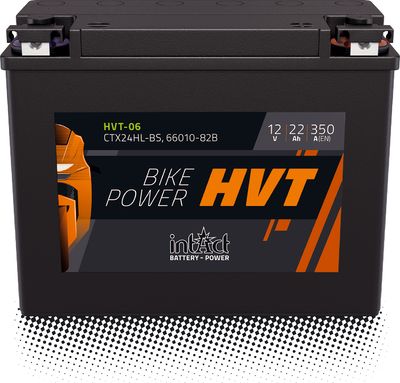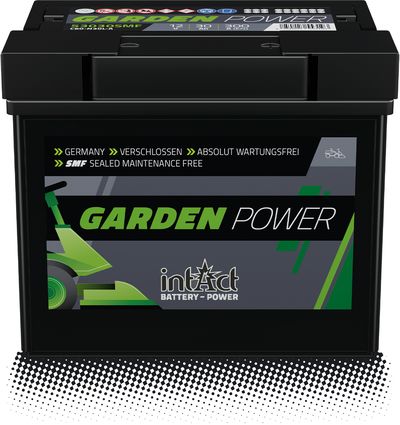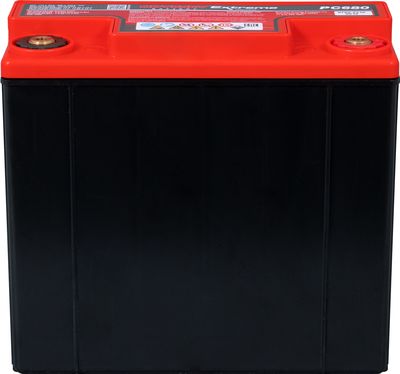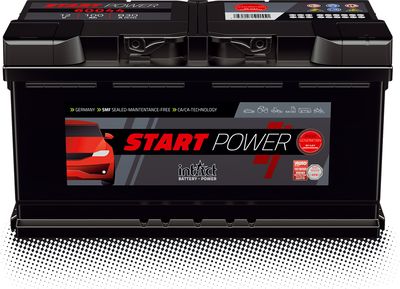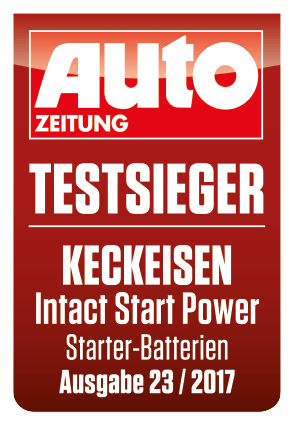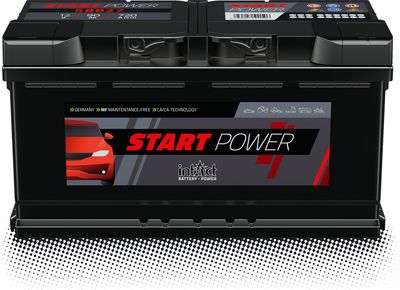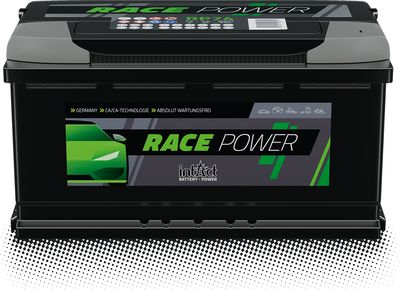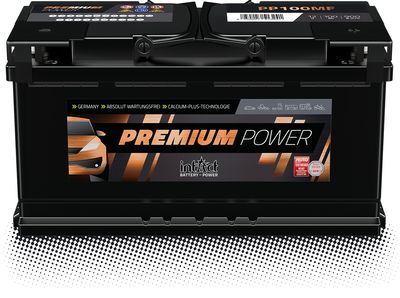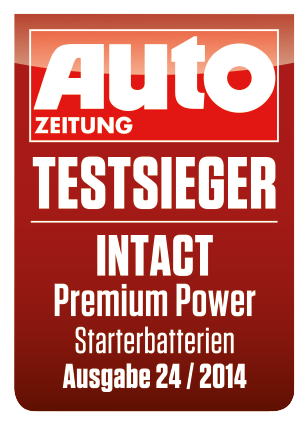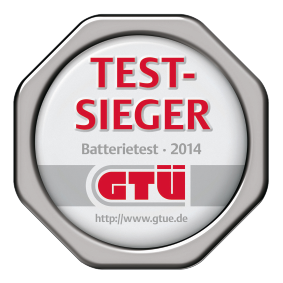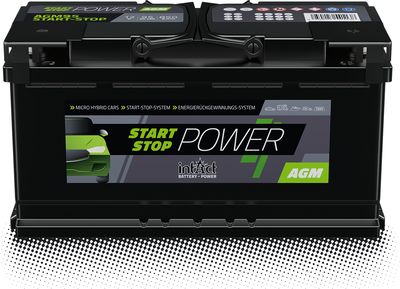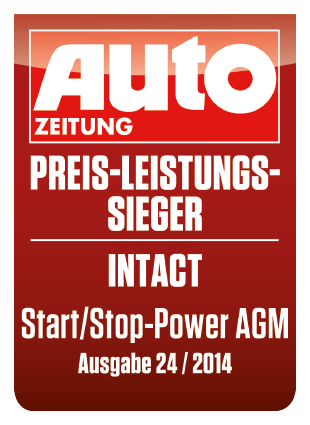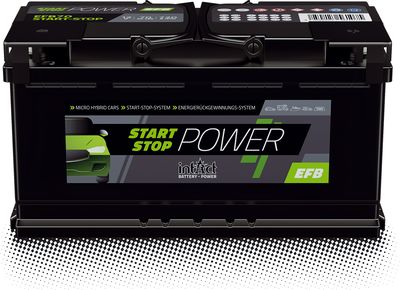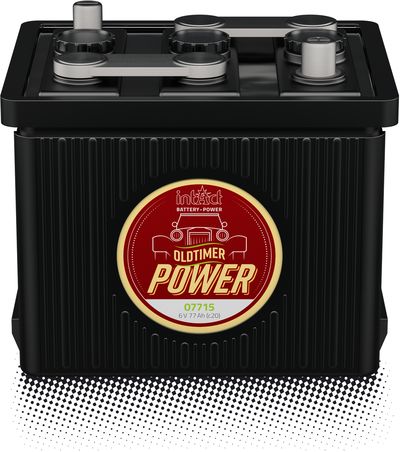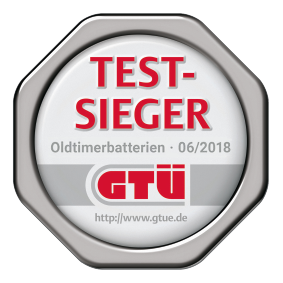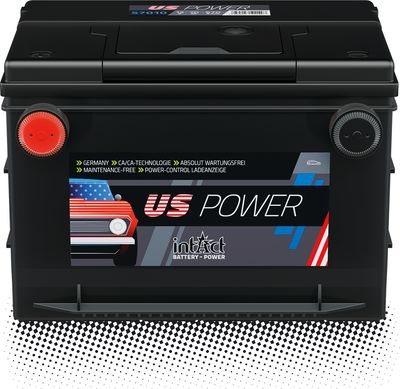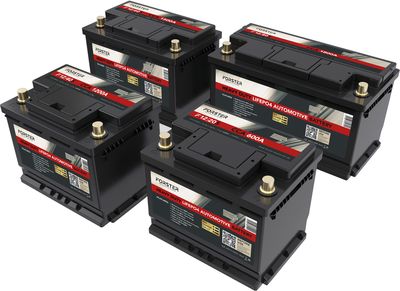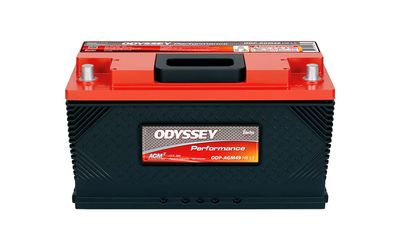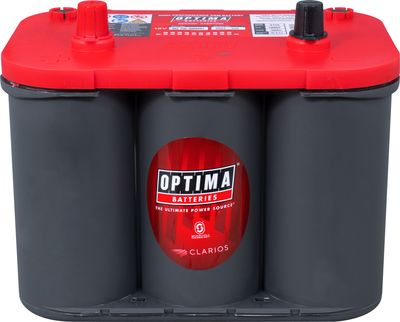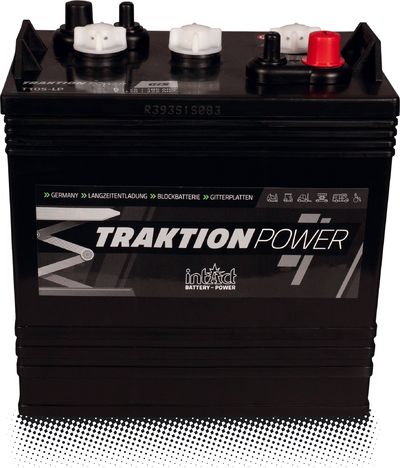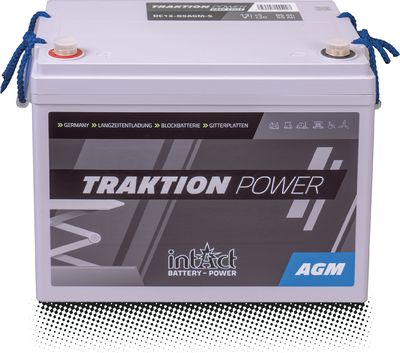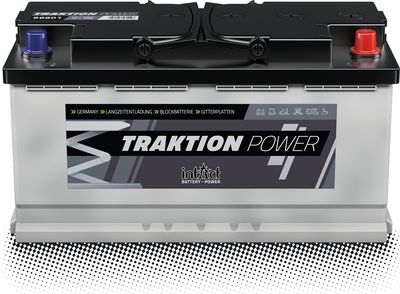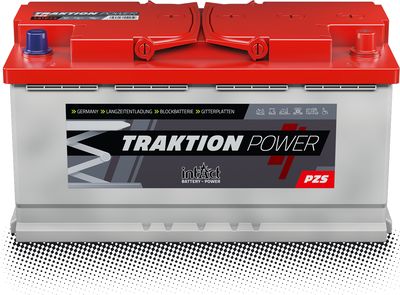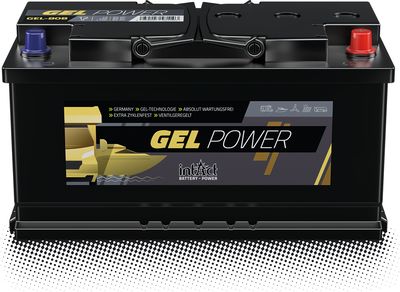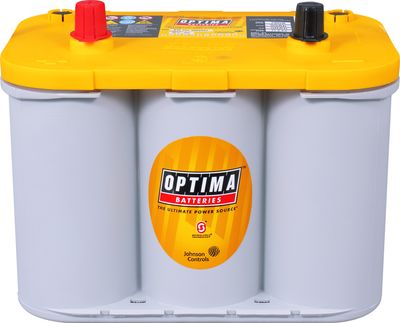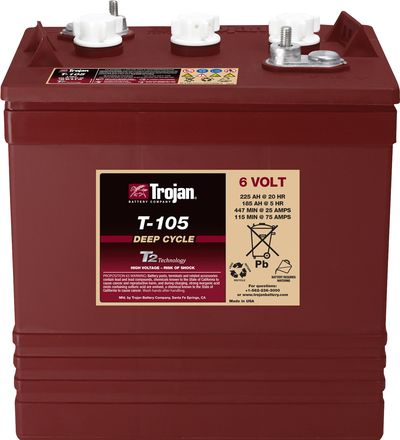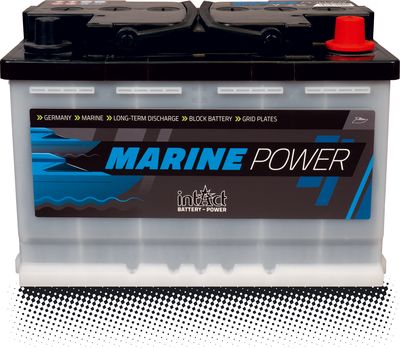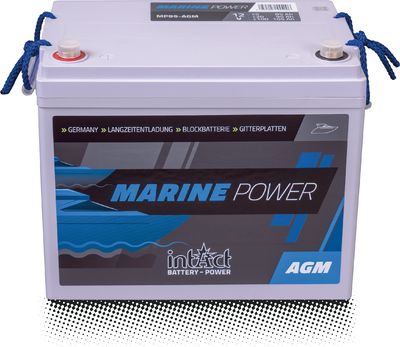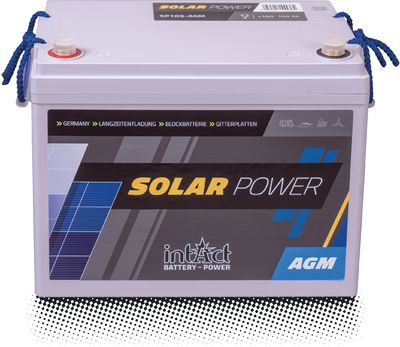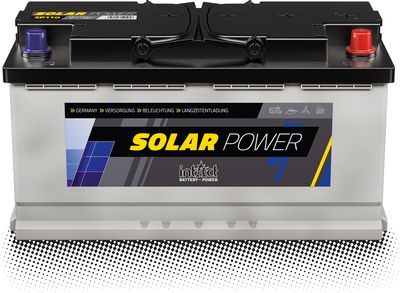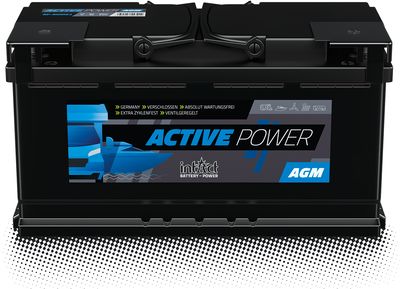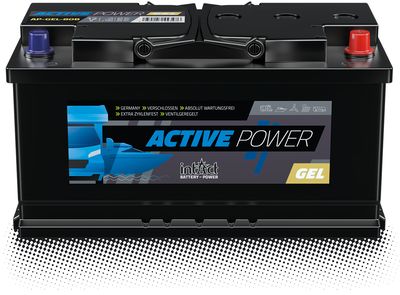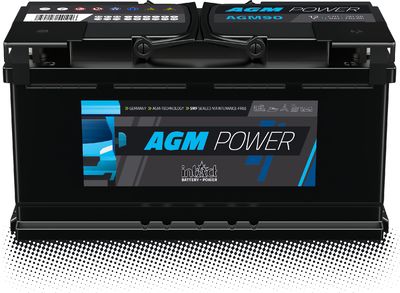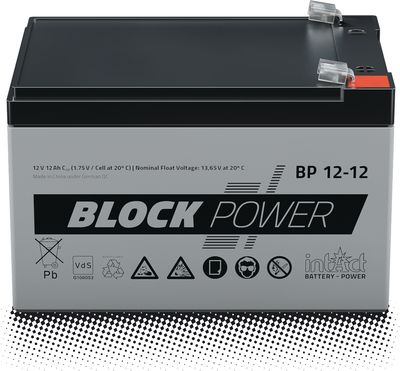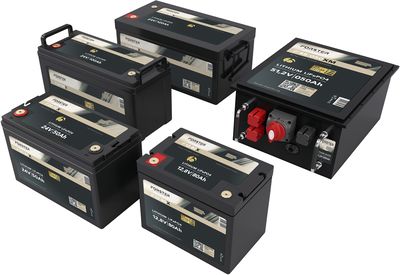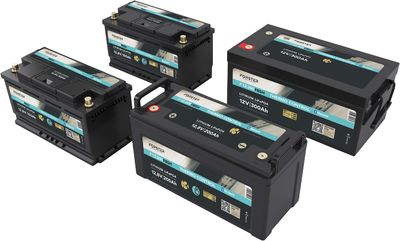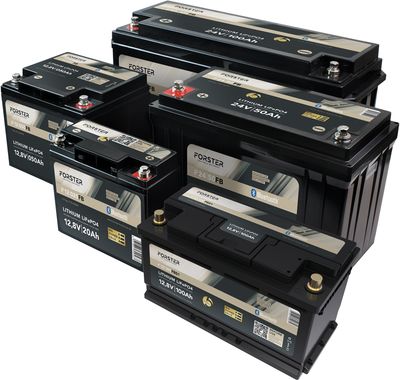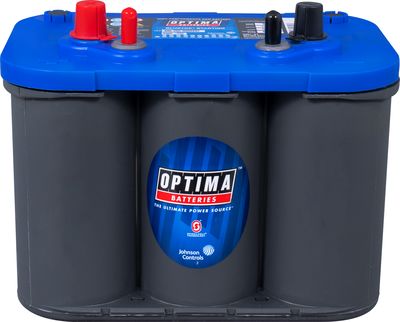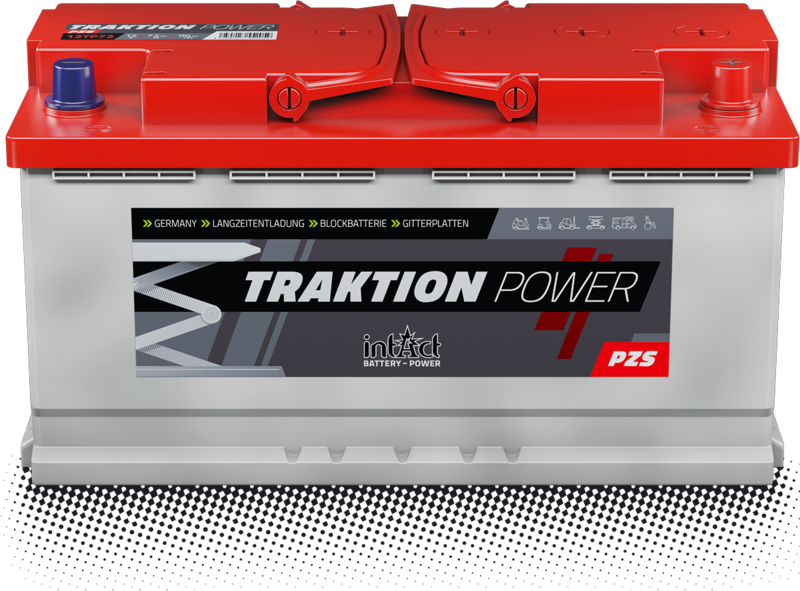What is a camper battery?
A supply battery used in motorhomes or campers, colloquially known as a camper battery. Typically, it is charged with stationary charging current at the RV parking lot or via a solar system, because the alternator is not sufficient to provide the necessary …
Care should be taken when handling batteries
Chemical processes take place in batteries. They are influenced by external circumstances such as temperature or humidity. That is why it is worth taking care. During use, storage, installation and transport. For your own protection and for the protection …
Installing the starter battery or motorcycle battery
First connect the positive cable (usually red) to the positive terminal of the battery.
Then connect the negative cable (usually black) to the negative terminal of the battery.
If you install a start-stop battery, you must then register the battery in the vehicle system.
In a nutshell, the battery generates electricity, which it delivers to the consumers. It is charged and is ready again.
So far, so good. Meanwhile, a bit of chemistry happens inside the battery.
Current flow
In principle, current flows between a positive …
Why should you charge wet batteries open?
Gases are produced during charging. As they rise, they mix the battery acid.
It is better for the battery if it is open during this process.
Important: This only applies to initial charging and to all batteries that can be opened. Never open a battery by force!
What does maintenance-free mean?
In maintenance-free batteries, the electrolyte is in liquid form. They are usually closed at the factory, often with a double or labyrinth lid in which any gases produced condense and remain in the battery. In normal operation, maintenance-free ones do …
Checking the liquid level against sulphation
In a battery or accumulator, the chemical reaction between the active material of the grids and the acid generates current (electrons emitted) to supply the loads or stores current (electrons) provided by the charger or alternator.
If the acid only partially …
Identifying and filling the liquid level
Markings on the outside of the white or transparent housing of a wet battery indicate the minimum (MIN) and maximum (MAX) fill levels.
During commissioning or initial filling, the battery must be filled with battery acid up to the upper mark (MAX).
During …
Round cell supply batteries
Similar to the tank cell, the surface area is increased by "winding" the grids, resulting in a larger amount of active mass. The box size is relatively compact, so you get the benefits of a utility battery in a small space, along with good starting …
What does low maintenance mean?
Low-maintenance batteries can be recognised by the removable sealing plugs on the top, the vent hose and the white or transparent housing. In these batteries, the electrolyte is in liquid form, i.e. it is not bound as GEL or in fleece. They are not sealed …
Charging during long idle periods
If the vehicle is stationary for long periods and you make a lot of short journeys, it is advisable to charge the battery regularly with a charger, even if the battery has a low self-discharge rate or high cold-start performance. The exact intervals depend …
